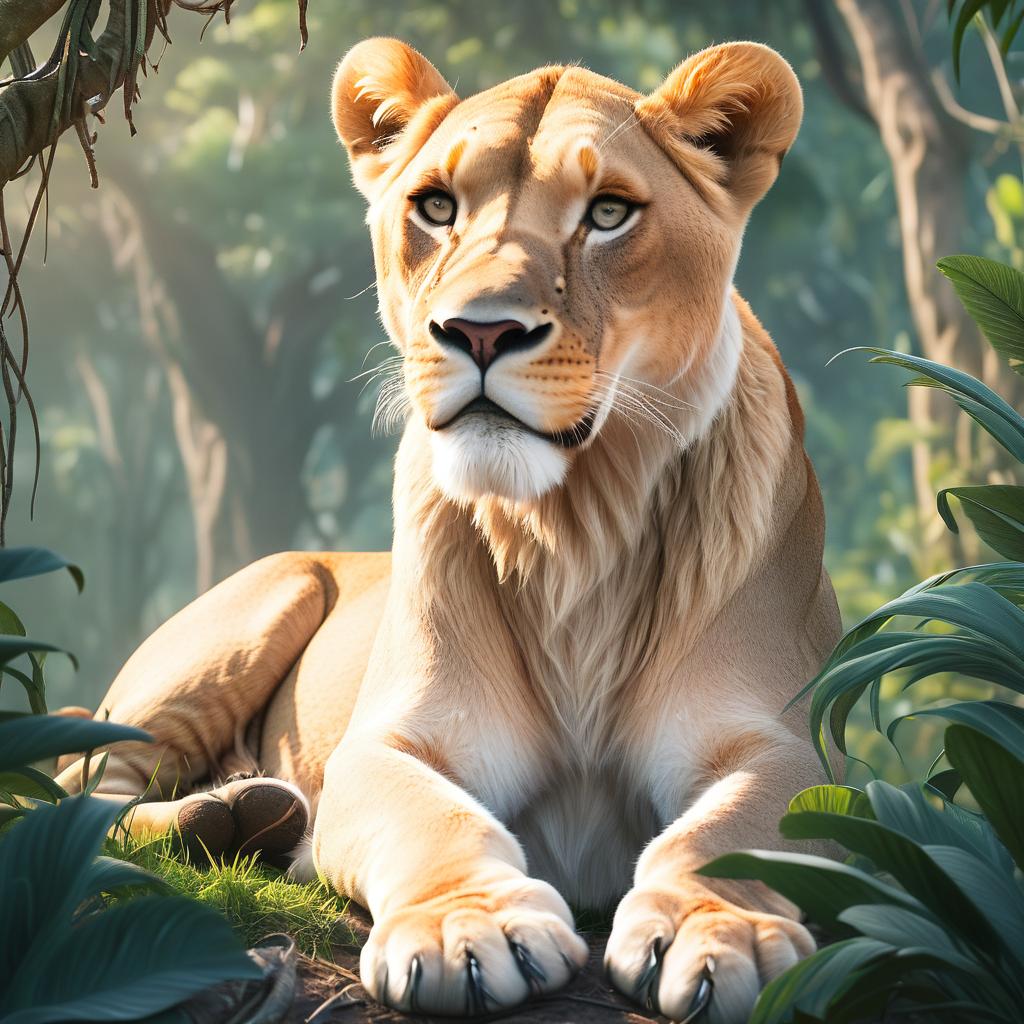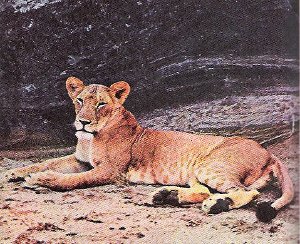Summary
Elsa's story serves as a timeless reminder of the transformative power of compassion, dedication, and the enduring bond between humans and wildlife. As we celebrate her legacy, let us honor her memory by continuing to protect and preserve the natural world for generations to come.
In the heart of Meru, Kenya, lies a story that has captivated the world for generations – the extraordinary tale of Elsa the Lioness. Immortalized in the iconic book and film "Born Free," Elsa's remarkable journey from orphaned cub to wild lioness has left an indelible mark on the history of wildlife conservation. Join us as we delve into the captivating history of Elsa and her enduring legacy.
Learn more about Elsa the Lioness
The Orphaned Cub:
Elsa's story begins in 1956 when she and her two siblings were orphaned after their mother was shot by game rangers in the Meru region. George and Joy Adamson, a pioneering couple devoted to wildlife conservation, rescued the three cubs and embarked on an unprecedented journey to rehabilitate them into the wild.
Bonding with Humans:
Under the care of George and Joy Adamson, Elsa and her siblings thrived, forming a unique bond with their human caregivers. Through patient and compassionate efforts, the Adamsons nurtured the cubs, teaching them essential survival skills while allowing them to retain their wild instincts.
Return to the Wild:
As Elsa grew, the Adamsons faced the monumental task of reintegrating her into her natural habitat. Despite the challenges, they persevered, gradually transitioning Elsa from captivity to a semi-wild state. Through a series of carefully managed stages, Elsa learned to hunt, fend for herself, and eventually roam freely in the wilderness.
Freedom and Independence:
In 1958, Elsa's momentous journey reached its pinnacle when she was successfully released into the wilds of Meru National Park. Against all odds, Elsa adapted to her newfound freedom with grace and resilience, embracing her role as a wild lioness while maintaining a bond with the Adamsons, who continued to monitor her progress from a distance.
The "Born Free" Legacy:
Elsa's incredible story captured the imagination of people around the world, inspiring hope and compassion for wildlife conservation. In 1960, Joy Adamson immortalized Elsa's tale in her bestselling book "Born Free," which chronicled the lioness's journey and the Adamsons' groundbreaking conservation efforts.

The Iconic Film:
"Born Free" was later adapted into an Academy Award-winning film in 1966, starring Virginia McKenna and Bill Travers as Joy and George Adamson. The film brought Elsa's story to a global audience, further cementing her status as a symbol of freedom and the enduring bond between humans and wildlife.
Get the picture of Born free movie here
Elsa's Legacy Lives On:
Elsa's legacy extends far beyond the pages of a book or the frames of a film. Her story continues to inspire conservation efforts worldwide, reminding us of the importance of preserving natural habitats and fostering coexistence between humans and wildlife.
Visit Meru and Discover Elsa's Homeland:
For travelers seeking to immerse themselves in the rich history of Elsa the Lioness and the Adamsons, a journey to Meru, Kenya, is a must. Explore the vast landscapes of Meru National Park, where Elsa once roamed freely, and visit sites of historical significance, including George and Joy Adamson's former camp.
Check out THE HOTEL EZRI rooms for all your accommodation needs.
Conclusion: A Testament to the Power of Compassion and Conservation
Elsa's story serves as a timeless reminder of the transformative power of compassion, dedication, and the enduring bond between humans and wildlife. As we celebrate her legacy, let us honor her memory by continuing to protect and preserve the natural world for generations to come.

